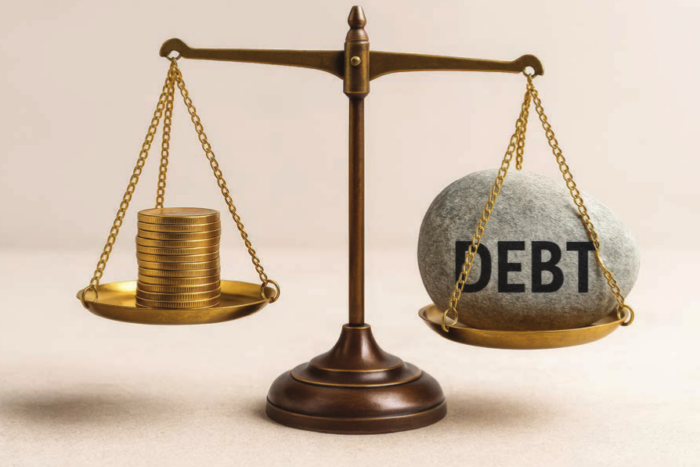 The performance of hot stocks like NVIDIA, Palantir, Coinbase and Robinhood make investors envious. Shares bought in the past year have seen tremendous gains in these and other high-growth companies.
The performance of hot stocks like NVIDIA, Palantir, Coinbase and Robinhood make investors envious. Shares bought in the past year have seen tremendous gains in these and other high-growth companies.
The short-term market losses in these companies from April of this year or during most of 2022 were quickly forgotten.
Like these companies, Cisco Systems’ shares were flying high in the 1990s, riding the build-out of the internet as the lead manufacturer of routers, switches and networking hardware.
Cisco peaked during the dot-com bubble in March 2000 and fell by nearly 85% into 2002. It finally set new all-time highs in 2025, roughly 25 years later. The company survived the dot-com crash and took about a decade to stabilize and regain investor confidence, but over the past 15 years its revenue, earnings and dividends have been growing. Cisco is an example of disciplined investor patience that is being rewarded.
Unlike the high-growth companies of today trading at extreme valuations and often unprofitable, Cisco was profitable but traded at a multiple well over 100 times its earnings per share in 2000. Investors were willing to pay such a high multiple expecting the growth in the company’s revenue to continue after it grew from $2 billion in 1995 to nearly $19 billion in 2000.
The high-pace growth stalled for four years but then continued. Although the share price was significantly reduced from the peak, the shares traded at a lower multiple, more than 30 times earnings in 2004 when the growth began again, but investors no longer had confidence in Cisco.
The company nearly doubled its revenue from 2004 to 2010, but the share price did not move and then traded at a multiple below 20 times its earnings. Cisco demonstrated confidence in its future by initiating a quarterly dividend for the first time in its history in 2011 and has been paying a dividend and growing it annually for the past 15 years. Investing around 2010 provided a great entry point. The company has grown at or better than the market since then.
Early investors in Cisco who bought shares prior to their rapid rise did well, but those that followed suffered years of losses if they hung on. Investors seeking a bargain who bought after the company hit a low in 2002 also did well. Too many investors in the late 1990s concentrated their portfolio on the technology sector to participate in the rapid growth.
They enjoyed a period of strong performance, but then suffered severe losses that would take more than 13 years to recover. The experience of Cisco during that time was typical. Companies participating in the 1990s boom and the following market crash included survivors like Microsoft, Dell, Oracle, Amazon and eBay, while others that rode high but then failed or became nearly worthless include Pets.com, Webvan, eToys.com, Infospace and CMGI.
Microsoft also corrected severely after the 2000 peak and took 13 years to fully recover. It is now the second largest company in the world, and like Cisco, has been consistently paying and growing its dividend.
Lessons about avoiding major losses are simple to understand but can be hard to follow, and market history may sometimes repeat, so it’s important to be aware of patterns. Investing in the market has been extremely rewarding for countless individuals and their families. Properly planned investing has the potential to change lives and build a legacy to last for generations.
Every sector of the market has gone through major challenges and corrections over time. Examples include the technology sector from 2000 to 2002 and again in 2022, the financial and real estate sector from 2007 to 2009, the energy sector from 2014 to 2016 and again in 2020, and the pharmaceutical and biotech sector from 2015 to 2016 and 2018 to 2019.
Building a portfolio that includes leaders in all the major industry sectors will help shield the portfolio from a major loss in one sector. Focusing on dividend payers for a large portion of holdings has led to strong relative performance in down years. Investing regularly to take advantage of weakness in specific industries or companies has enhanced long-term performance.
The technology that was developed in the 1990s and 2000s changed our lives in many ways, just as the changes being introduced today in artificial intelligence, blockchain technology and quantum computing will change our lives in meaningful ways.
It is tempting to invest heavily in an emerging technology or industry, but doing so comes with a risk. You might be right that an innovation will change the world as the internet did, starting in the 1990s, but there will always be winners and losers in business.
Daniel Cohen, certified financial planner, is CEO and chief investment officer at Cohen Investment Advisors, a registered investment advisory firm in Bedford.
















